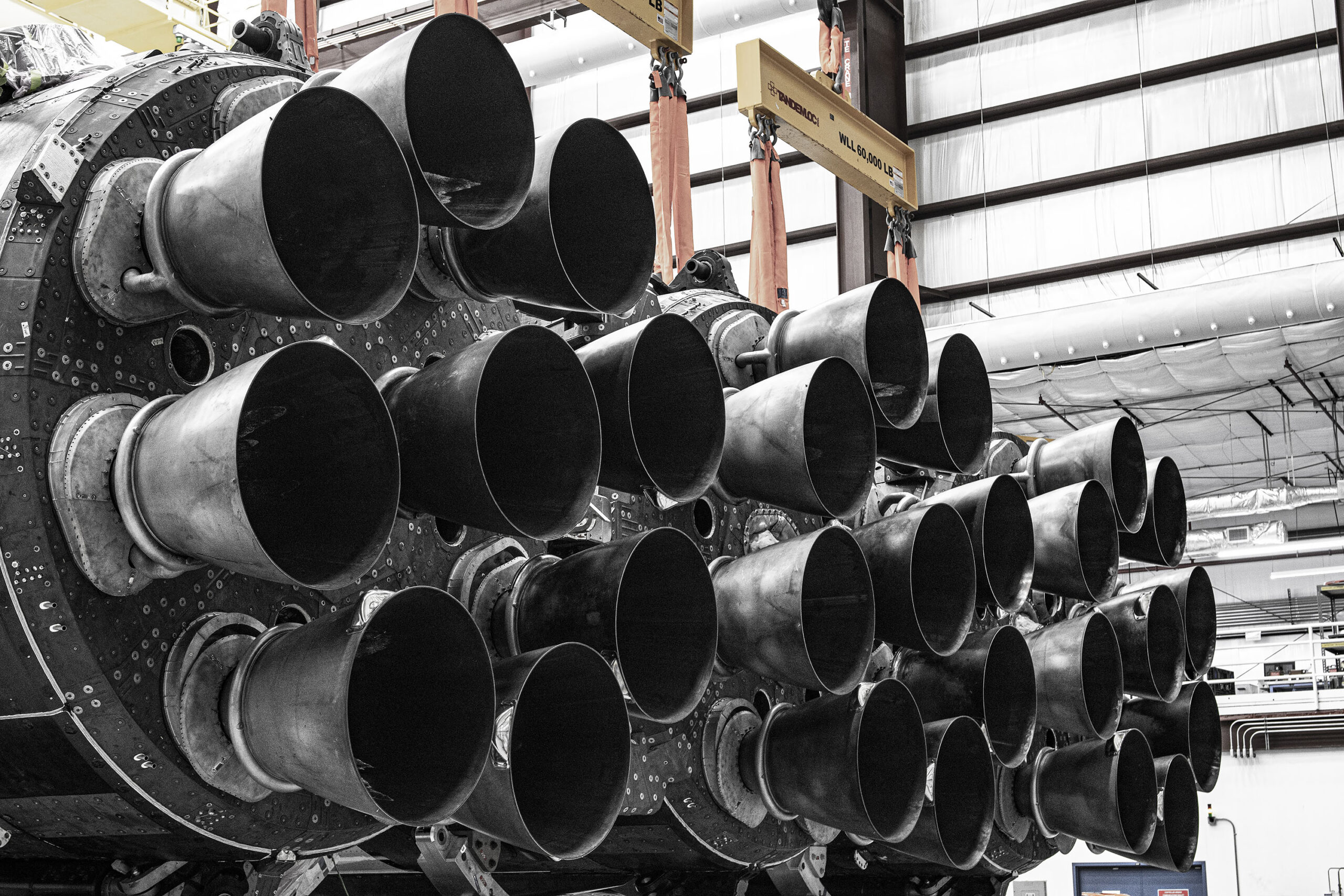A U.S. Space Force mission will be launched aboard the Falcon Heavy by SpaceX on October 31. Since 2019, this will be the first heavy lift vehicle launch and triple-booster landing. The private corporation, run by CEO Elon Musk, has been active, sending out dozens of flights with its workhorse rocket, the Falcon 9. However, the Falcon Heavy can launch far greater payloads and is a fascinating sight to see in person.
After years of research and development, SpaceX launched its new mega-rocket on a test flight on February 6, 2018. A new rocket launch is a perilous endeavor, and before the launch, Musk estimated the rocket had a 50/50 chance of surviving.
Nevertheless, the Falcon Heavy launched successfully with all 27 of its Merlin engines igniting and generating more than 5 million pounds of thrust. The Falcon Heavy rocket, standing at 230 feet in height, is much larger than the Falcon 9, which only uses a single first-stage booster.
Landing with three boosters
In order to reuse the hardware, SpaceX lands its rocket boosters on land and at sea, which lowers launch costs by millions of dollars.
The three Falcon Heavy boosters engaged in a well-orchestrated aerial dance as they descended to Earth during the 2018 test flight. One rocket that was intended to land on a drone ship at sea failed to do so, while the two boosters that were intended to land at Cape Canaveral Landing Zone 1 almost perfectly timed their touchdowns.
The rockets shattered the sound barrier as the boosters descend, producing sonic booms that reverberate across the surrounding surroundings. As far inland as Orlando, the rumbling may be heard from Kennedy Space Center.
During the 2018 landing, the two sonic booms at KSC set off a lot of vehicle alarms and shook windows all around Central Florida.
Musk chose to launch his cherry red Tesla Roadster into orbit even though the Falcon Heavy rocket’s nose cone was empty due to it being a test mission. The electric vehicle is still orbiting the sun with “Starman,” a mannequin wearing a SpaceX spacesuit, as its passenger.
SpaceX has used the massive rocket to launch two payloads for different clients since its first flight with Falcon Heavy.
The Arabsat-6A satellite and the United States Department of Defense Space Test Program-2 mission were both successfully launched by the Falcon Heavy rocket in the months of April and June 2019, respectively, by the United States Space Force. Four NASA payloads were among the 24 satellites that were part of STP-2.
There will be further Falcon Heavy launches
In the next months and years, the Space Coast will play home to a number of Falcon Heavy launches after an absence of years on the Eastern Range. On October 31 at 9:44 a.m. ET, SpaceX plans to launch a secret mission for the American Space Force. The USSF-44 spacecraft’s first launch date was set for 2020.
Launchpad 39A at the Kennedy Space Center will be used to launch the USSF-44 payload with the Falcon Heavy. Days prior to the launch, sonic boom warnings should be expected to reach residents in Central Florida. Until NASA’s SLS launches on the Artemis 1 test mission later this year, the Falcon Heavy will continue to be the world’s most powerful rocket.
The SLS will get off the ground with the help of 8.8 million pounds of thrust generated by its solid rocket boosters and four RS-25 rocket engines during liftoff.
In addition to launching portions of Gateway, the orbiting moon station where people will dock before descending to the lunar surface, SpaceX has also been awarded contracts for Falcon Heavy missions.
The Power and Propulsion Element (PPE) and Habitation and Logistics Outpost (HALO), the two components of Gateway, will be launched by Falcon Heavy. NASA has chosen SpaceX’s entirely reusable Starship spacecraft to make the first manned lunar landing in almost 50 years, eventually replacing Falcon 9 and Falcon Heavy.
Source: Fox

